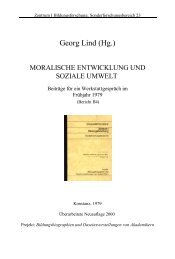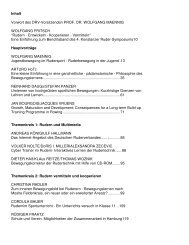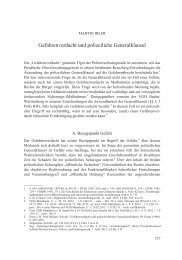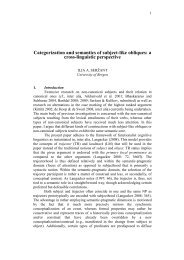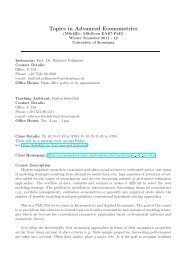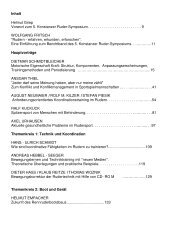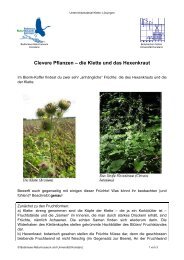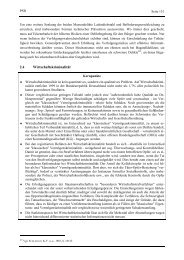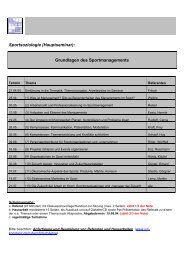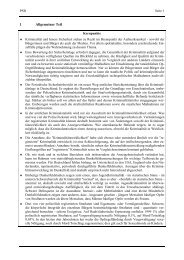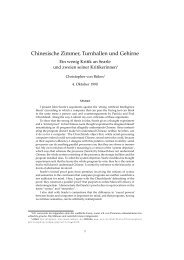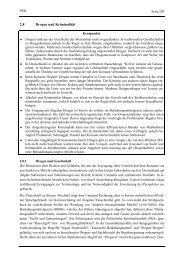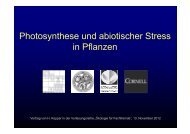Book of Abstracts Book of Abstracts - Universität Konstanz
Book of Abstracts Book of Abstracts - Universität Konstanz
Book of Abstracts Book of Abstracts - Universität Konstanz
You also want an ePaper? Increase the reach of your titles
YUMPU automatically turns print PDFs into web optimized ePapers that Google loves.
46<br />
B - 8<br />
Triplatinum carbonyl complexes: preference for terminal sites and<br />
chiral structures<br />
Timo Santa-Nokki and Hannu Häkkinen<br />
Department <strong>of</strong> Physics, Nanoscience Center, University <strong>of</strong> Jyväskylä, Finland<br />
We present a systematic density functional theory (DFT) study on the structures <strong>of</strong><br />
triplatinum carbonyls Pt3(CO)x q with x=1-6 and q=0,-1. The calculations are able to fully<br />
reproduce and explain the experimentally observed anomalous behaviour in the binding energy<br />
<strong>of</strong> the ligands in anionic cluster carbonyls by Grushow and Ervin, 1 with the three first ligands<br />
strongly bound (by 220-275 kJ/mol per ligand), the fourth and fifth ligand weakly bound (by<br />
135 kJ/mol), and the sixth ligand again stronger bound (by about 200 kJ/mol). The first three<br />
ligands bind in a tilted configuration at terminal sites in the plane <strong>of</strong> the triangular platinum<br />
core, making the half-saturated Pt3(CO)3 - a chiral complex. We discuss the relative preference <strong>of</strong><br />
terminal and bridge adsorption sites for CO in Pd, Pt, and Au cluster carbonyls in terms <strong>of</strong> the<br />
strength <strong>of</strong> the relativistic effects in the metal-carbon bond. We also discuss the implications <strong>of</strong><br />
the current work regarding design <strong>of</strong> bimetallic Au-Pt cluster nanocatalysts for CO oxidation. 2<br />
Figure 1. Sequential binding energy <strong>of</strong> CO ligands to anionic platinum cluster carbonyls Pt 3(CO) x - for x=1-6. The<br />
DFT results <strong>of</strong> this work are compared to TCID and PD data from Ref. 1. A conservative estimate for the accuracy <strong>of</strong><br />
the theoretical values is ±10 kJ/mol. For each x we also show the ground state structure <strong>of</strong> the anionic cluster<br />
carbonyl.<br />
References<br />
[1] A. Grushow and K.M. Ervin, J. Am. Chem. Soc. 117, 11612 (1995); A. Grushow and K.M. Ervin,<br />
J. Chem. Phys. 106, 9580 (1997); K.M. Ervin, Int. Reviews in Physical Chemistry 20, 127 (2001).<br />
[2] T. Santa-Nokki and H. Häkkinen, submitted.



